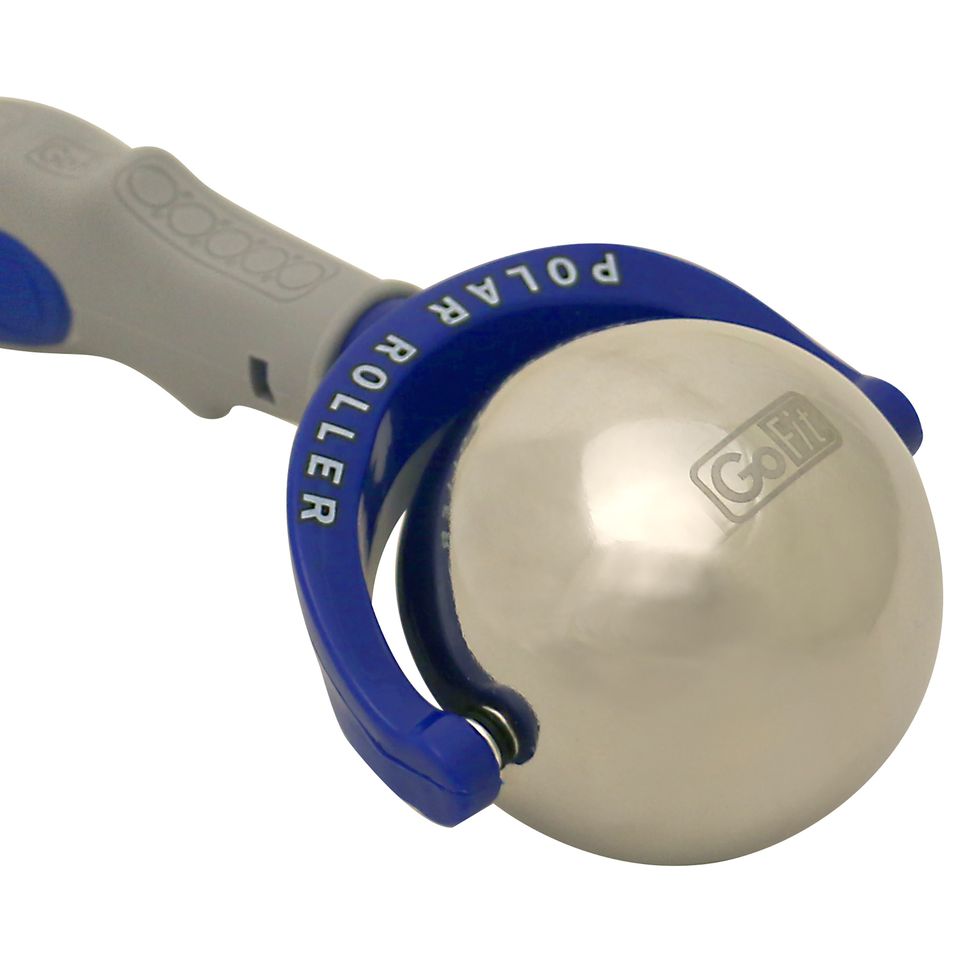Marathons are back, and this fall is a doozy of a racing season: Five of the six World Marathon Majors, some of the most popular marathons, all occur within seven weeks of each other this year:
- Berlin Marathon, on September 26
- London Marathon, on October 3
- Chicago Marathon, on October 10
- Boston Marathon, on October 11
- New York City Marathon, on November 7
(And the Tokyo Marathon would have made it six marathons in seven weeks, but the 2021 race was postponed until March.)
→ Join Runner’s World+ today for exclusive access to expert training plans and tips!
General running wisdom tends to not support running races involving a marathon distance back-to-back, because after mile 20—the longest long run in most marathon training plans—you push your body beyond its physical limits, says Janet Hamilton, an exercise physiologist and running coach with RunningStrong.com. And running at race effort adds another element of stress.
“Physiologically, you’re going to tax your energy resources, you may experience microtrauma in muscle cells, and you’ll probably experience some mental fatigue,” she tells Runner’s World.
If you push yourself that far again too soon, you’ll increase your risk of injury. It’s also not uncommon for runners to experience reduced immune function and slower recovery afterward.
“Long-duration, maximum-effort activities place huge loads on a variety of areas—muscle tissues, tendons, bones, even blood vessels and the mucosal linings of the respiratory system,” Hamilton says. “Tissue repair and regeneration takes time and metabolic energy, and if you divert that metabolic energy to resume hard training too soon, you may shortchange the repair and regeneration process.”
But these are unprecedented times. Some runners have been waiting two years to run a particular race, and they don’t care if it butts up against another big race they also managed to get into.
If you’re determined to run two marathons close together, there are really two ways to approach it, says John Honerkamp, running coach and former head coach at New York Road Runners. “You can race the first one, then sightsee, have fun, or pace a slower friend during the second marathon,” he says, “or you can make the second marathon your ‘A’ race—your goal race—and use the first one as your last long run.”
FYI: Honerkamp only recommends the former option for seasoned marathoners.
There is one more option if you’ve got two to four weeks between races: You can train for the first race like it’s your goal race, but if the race isn’t going as planned—the weather is bad, you aren’t feeling well during the race, etc.—then you can decide mid-race to back off and finish the race as a long run, says Honerkamp. And if you do pick this option, make sure to call an audible within the first half so you don’t overtax your body.
“Completing an event at a submaximal effort will not result in the same tissue damage profile as competing in an event at a maximal effort,” says Hamilton. (And make sure to talk to a pro—whether that’s a coach, a physical therapist, or a sports medicine doctor—if anything seems off after race number one.)
Every runner responds differently to a marathon, whether they’re running it at race pace or not, but these guidelines can help you figure out how to structure your time between races.
How to recover if you have one week between marathons
If you are entered to run two marathons that are just a week apart, Honerkamp highly advises that you race the first one.
“The second marathon should be a more casual and fun run,” says Honerkamp. “Either way, your main focus should be recovery between marathons.”
What does that look like? In the first 24 hours, warm and loosen your muscles with a hot Epsom salt bath, then manually massage everything that hurts. Skip the anti-inflammatory drugs; they may interrupt healing and tissue repair.
Then, make sure to focus on hydrating and eating well all week to give your body a leg up in repairing all that tissue damage. And sleep as much as you can—that may actually be the single most important factor in exercise recovery, according to research from the International Journal of Sports Medicine.
In terms of training, “alternate between a day off and two or three very easy short runs throughout the week,” says Honerkamp. These easy runs are a form of active recovery that will help get your legs ready to race again.
How to recover if you have two weeks between marathons
Week after the first race: This week is, again, all about recovery, so you’re going to want to replicate the instructions above.
Race week: “You don’t want to do too much, but if you’re feeling up to it, it can help to vary the paces a little bit—just keep it effort-based instead of stressing about hitting a certain speed,” says Honerkamp. That might mean, on Monday or Tuesday, you do six to eight reps of one minute on, one minute off (after a warm-up, of course), or a three-mile tempo run a little faster than goal race pace. Err on the side of less mileage; there’s no need to run longer than an hour.
“The point is more mental than physical, to boost your confidence and remind your body of what you’re going to be doing on race day,” says Honerkamp. If necessary, you may want to take an extra day of recovery before your next easy run.
How to recover if you have three weeks between marathons
Week after first race: This week is still a recovery week!
Week two: This week you could add in a shorter version of a traditional speed workout in lieu of one of your easy runs—something like a mile tempo run followed by four to six 400-meter repeats, says Honerkamp.
“It’s not huge volume, but you’ll be running faster than marathon pace which will help you maintain fitness without taxing your body too much,” he explains. Keep it effort-based: “Typically, you might do the repeats at 5K pace, but since you have a marathon on your legs, think of it as an effort level of six out of 10 instead.”
The benefit: Running faster will make marathon pace feel easy. You can also add a long run back in on the weekend. Think 10 to 12 miles max; there’s no need to do more than that, this is just about time on feet.
Race week: This week will probably look a lot like your first recovery week. “You should run every other day or every third day, and maybe add some strides at the end of one of those runs to help with your turnover on race day,” says Honerkamp. Otherwise, keep your standard race-week routine, and prioritize hydration, nutrition, and sleep!
How to recover if you have four weeks between marathons
Week after first race: Prioritize recovery and easy runs.
Week two: Reintroduce an easier workout. If you did five times one mile at goal marathon pace, maybe do two times one mile. Keep it effort-based versus focused on a specific pace. Then, just like in a normal taper, “you can do a medium long run—think 12 to 15 miles—two weeks out from marathon two,” says Honerkamp.
Week three: This week can look a lot like week two; start the week with a modified, shorter speed workout to keep things from getting stale. Then you can do an eight to 12-mile long run on the weekend just as you would normally do in the final week before a marathon, says Honerkamp.
Race week: If you’re feeling great and want to keep your legs moving, “I like to do what I call a taper interval workout: one mile at race pace followed by four 400s slightly faster than race pace,” says Honerkamp. That’s entirely optional, but should be done at the beginning of the week, so you can focus on easy shakeout runs and recovery before race number two.


















